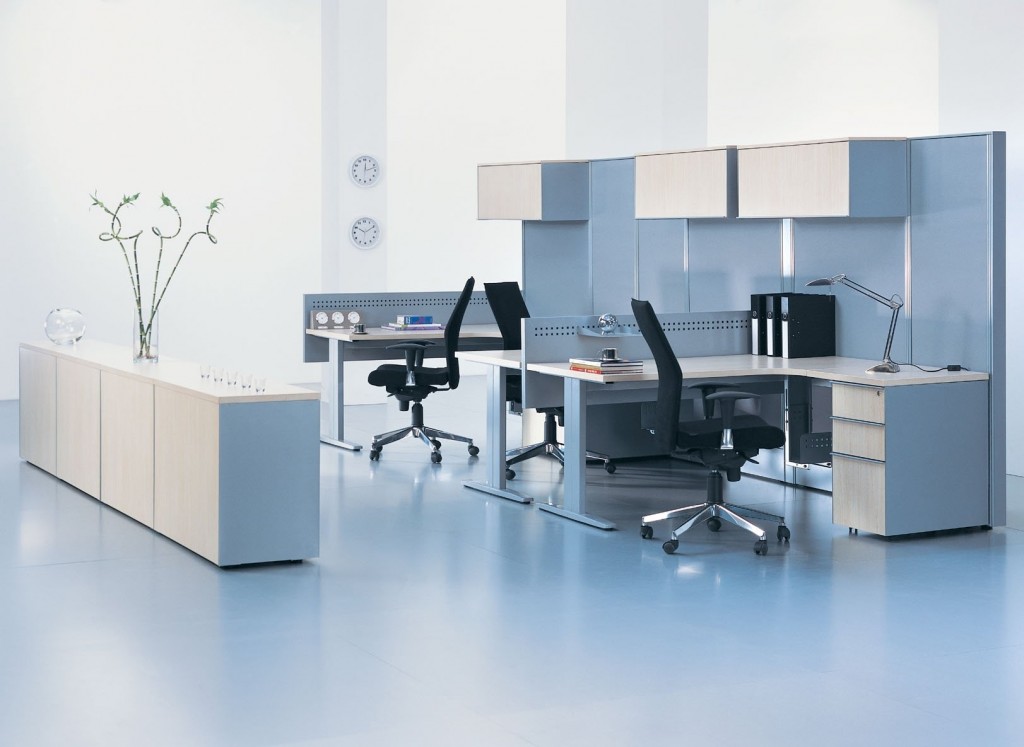Energy-Efficient LED Lights – Illuminating The Workplace
Posted by Amit Soni on 2nd Feb 2012
 Long-lasting, energy-efficient LED lighting is fantastic for use in your home, but don’t you think it’s about time your boss discovered the many benefits it can bring as well?
Long-lasting, energy-efficient LED lighting is fantastic for use in your home, but don’t you think it’s about time your boss discovered the many benefits it can bring as well?
There’s a good chance that your employers will already be investigating possible ways to economise their business and, given the fact that lighting accounts for such a large percentage of a business’s energy consumption, saving money on it will be a high priority.
Get Ready For The Phase-Out
On average, businesses in the UK use up to 35% of their electricity budget on lighting alone so switching to a more economical form of lighting such as LED can and will enable them to reduce their lighting bills by up to 90%, and they’ll recoup their initial investment many times over during the long life of the bulb.
Indeed, the hands of many employers who haven’t yet considered switching to LED lighting for their premises, may be forced in the next few years, especially as certain forms of traditional lighting are due to be phased out.
Yes, hadn’t you heard? Governments from all around the world have passed new measures to phase out incandescent light bulbs for general lighting, in favor of more energy-efficient lighting alternatives like LED.
The new regulations will effectively ban the manufacture, importation and sale of any incandescent light bulb that’s intended for general lighting purposes.
While this might sound rather draconian, bear in mind that numerous countries have already implemented the ban, some, like Brazil and Venezuela, as long ago as 2005!
Here in the UK, this ban will come into effect from the 1st of September 2018, but it really needn’t entail such a massive upheaval, as The Department of Energy and Climate Change itself discovered when it switched to LED lighting for its offices back in 2014.
Official Savings
A study published in August of that year by the Department, found that when 1300 LED T5 tube lights were used to replace their existing fluorescent T5s, staff throughout the building gave overwhelmingly positive feedback, reporting that their environment had become lighter, brighter and generally much pleasanter to work in.
Management also reported considerable energy savings, because the versatile new bulbs were so much more energy-efficient, requiring a fraction of the power to produce the same light intensity as a traditional bulb.
Another energy-saving factor was that a smart control system was brought on line. This not only turned lights off automatically in an unoccupied room, but also dimmed them to just 5%, in response to fluctuating levels of daylight.
Following the installation, levels of energy consumption fell by between 25% and 30% on each floor of the building.
How It's Done
If you’d like to implement a similar energy-saving strategy for your building, there are several applications that are ideally suited to a direct switch. These include:
- Replace your inefficient fluorescent tube lights with high-performance LED T8 or T5 There are a huge number to choose from, but an excellent idea of the energy saving potential can be gained from the 5 Foot T8 LED Tube, which produces 1800 Lumens of Brightness for just 20W of power; the equivalent of a similarly bright 120W fluorescent bulb.
- Replace your existing signs with cost-effective LEDs. This might sound like small potatoes, but look after your pennies and your pounds will look after themselves. And, let’s face it, unless you invest in a sign with a light sensor, they’ll be lit 24/7.
- Replace your interior lights. LED lighting now comes in many forms, giving you lots of choices, so whether it’s GU10 LED downlights, spotlights, panel lights or commercial lighting you’re after, there’ll be a variety to suit your requirements.
- Replace your outdoor lights with energy-efficient LED models, perfect for general and security illumination purposes. There are LED floodlights such as the super-bright 4000 Lumen variety that requires just 50W of electricity compared to a 500W traditional halogen flood. They’re also available complete with motion-sensors; great for security and selectively active so they won’t come on when there’s nobody around.
Office lighting can be quite inaccessible, and replacing and maintaining large units can be a time-consuming, costly and disruptive process. Fortunately, LEDs have a life-expectancy of 50,000 hours, which removes the need for regular replacements and ensures they’ll still be burning bright in over 17 years’ time, long after their traditional counterparts will have expired.
Save On Absences
LED lights are much better health-wise as well. Many employees complain of migraine headaches and eye-strain, both of which can be induced and exacerbated by the constant flickering of fluorescent lights. This can lead to sickness absences and a loss in productivity.
The good news is that LED lights produce their light in a completely different way to fluorescent bulbs and so provide a constant form of illumination without any flickering.
Now, with LED technology, businesses can conserve energy, light a room and do something proactively to avoid another migraine trigger.
LED lighting is simply better all round for your workplace. But don’t take our word for it, see for yourself!





